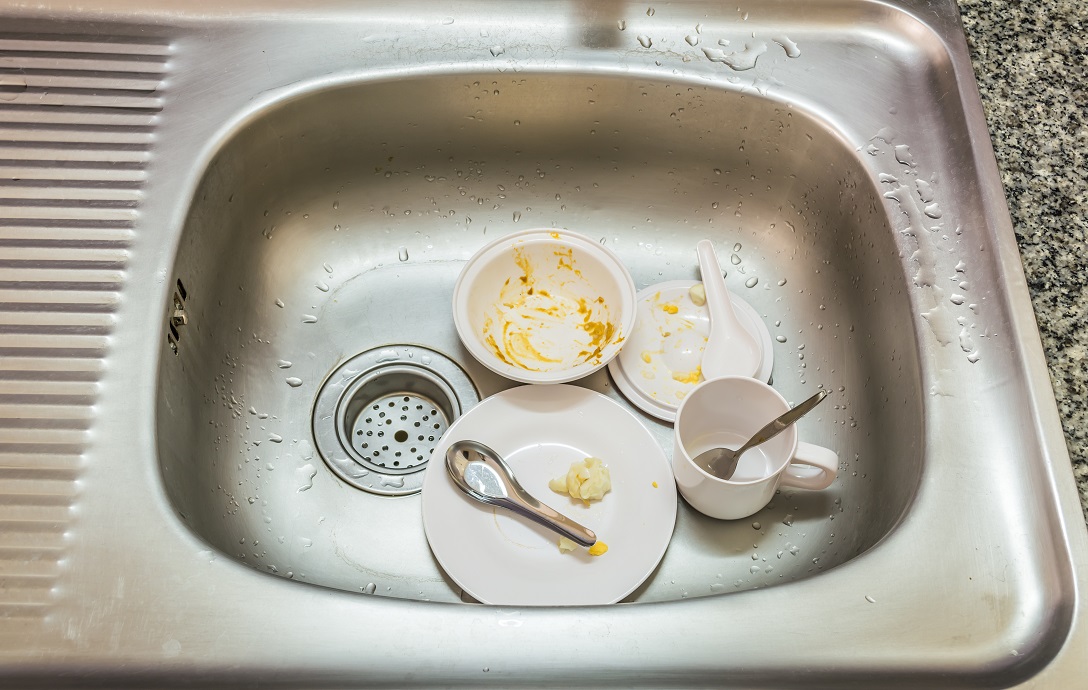The office breakroom is a place where employees gather to unwind and recharge during their workday. However, this seemingly cozy retreat can be hiding some not-so-inviting secrets. According to a study conducted by researchers from the University of Arizona in collaboration with a cleaning supplies manufacturer, the office kitchen is not only a hub for the latest gossip but also a hotspot for germs. In this article, we will explore the hidden costs associated with a messy breakroom and provide practical tips to promote a cleaner and healthier workspace.
One of the most alarming revelations from the study is that the office kitchen can be a breeding ground for germs. This raises concerns about the health and well-being of employees who frequent this area.
Tip 1: Encourage Frequent Hand-Washing
The study highlights that one of the common ways germs spread in the office breakroom is through hand contact. Handshakes and greetings, while friendly, can transfer germs from one person to another. Additionally, people tend to cough or sneeze into their hands, making it a potential source of germs.
To combat this issue, it’s essential to encourage employees to practice regular hand-washing. Make hand sanitizers readily available in the breakroom and remind everyone to wash their hands thoroughly, especially after touching shared surfaces or before eating.
Tip 2: Identify Germ Hotspots
Certain areas within the breakroom are more likely to harbor germs than others. These include coffee pot handles, faucet handles, microwave oven handles, refrigerator handles, and doorknobs. To raise awareness, educate your employees about these high-risk areas.
By understanding where germs are likely to lurk, your employees can become more mindful about keeping these surfaces clean and practicing good hand hygiene to prevent cross-contamination.
Tip 3: Proper Sponge Use
Did you know that a kitchen sponge is 200,000 times dirtier than a toilet seat? And, many employees clean their coffee cups by simply swishing a sponge inside. That means that using a sponge to wash your office cup can be highly unsanitary, as sponges harbor harmful bacteria like E. coli. Indeed, consider this fact: 90% of office cups have germs!
Encourage your employees to use dish detergent and hot water to clean their cups thoroughly. Also, remind them that sponges should also be cleaned and replaced regularly to avoid cross-contamination. To kill up to 99% of bacteria, simply place the wet sponge in the microwave for 1-2 minutes!
Tip 4: Introduce Covered Trash Bins
To prevent a messy breakroom, it’s essential to provide the right tools. Place trash bins with lids inside the office kitchen to prevent food wrappers and uneaten food from being left exposed. Make it a collective responsibility for employees to dispose of their waste properly.
Despite employees’ best efforts, it’s natural for the office kitchen to accumulate dirt and grime over time. After all, most employees are not janitors or professional cleaners by trade. To ensure a thorough clean of your facility, using a professional cleaning service would be a good choice.
Tip 5: Everybody Clean Up
Be sure to wipe down tables and countertops after each and every use. This will go a long way toward preventing the spread of disease within your office.
A simple way to encourage this practice is by placing a spray bottle of disinfectant cleaner or disinfecting wipes in a designated area. If everyone will wipe down after each use, you’ll go a long way toward keeping your staff healthy.
Tip 6: Professional Cleaning Services
Hiring professional cleaners can go a long way toward reducing germs and maintaining a hygienic facility. These experts have the knowledge and tools to tackle even the toughest cleaning challenges. By investing in professional cleaning services, you can mitigate the risk of productivity losses caused by illness outbreaks, such as colds or the flu.
Conclusion
A clean and well-maintained breakroom is essential for the health, morale, and productivity of your employees. The hidden costs of a messy breakroom, including the spread of germs and potential health issues, underscore the importance of maintaining cleanliness in this shared workspace.
By implementing the tips mentioned above and fostering a culture of cleanliness and responsibility among your employees, you can create a breakroom that promotes a healthier and more pleasant work environment. Remember, a clean breakroom not only benefits your workforce but also reflects positively on your company’s commitment to employee well-being.


